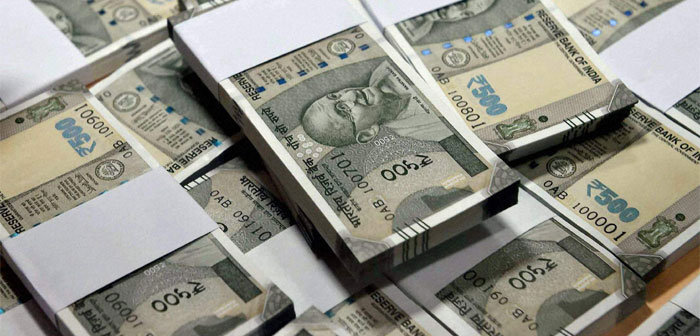The highlights of the Investment and Savings situation as brought out by Economic Survey 2017-18 tabled in Parliament today are as follows:-
India’s unprecedented climb to historic high levels of investment and saving rates in the mid-2000s has been followed by a pronounced, albeit gradual, decline. This current episode of investment and saving slowdown is still ongoing.
• The ratio of domestic saving to GDP reached 29.2 per cent in 2013 to a peak of 38.3 per cent in 2007, before falling back to 29 per cent in 2016.
• The cumulative fall over 2007 and 2016 has been milder for investment than saving, but investment has fallen to a lower level.
Based on the break-up of investment and saving, that is available up to 2015-16, private investment accounts for 5 percentage points out of the 6.3 percentage point overall investment decline over 2007-08 and 2015-16.
Asian countries faced the largest number of slowdown episodes following 1997. Currently (after 2008), these economies are in the era of saving slowdowns. In India, the investment slowdown started in 2012, subsequently intensified and was apparently still continuing as of the latest date, that for 2016.
Since investment slowdowns are more detrimental to growth than savings slowdown, so, policy priorities over the short run have focused on reviving investment by mobilizing saving, via attempts to unearth black money and encouraging the conversion of gold into financial saving. The share of financial saving is already rising in aggregate household saving – with a clear shift visible towards market instruments – a phenomenon that has been helped by demonetization.
The cross-country experience to study the pattern of investment and saving slowdowns has revealed that the investment slowdowns have an impact on growth but not necessarily saving. The policy conclusion is urgent prioritization of investment revival to arrest more lasting growth impacts, as the government has done with plans for resolution of bad debts and recapitalization of public sector banks.





